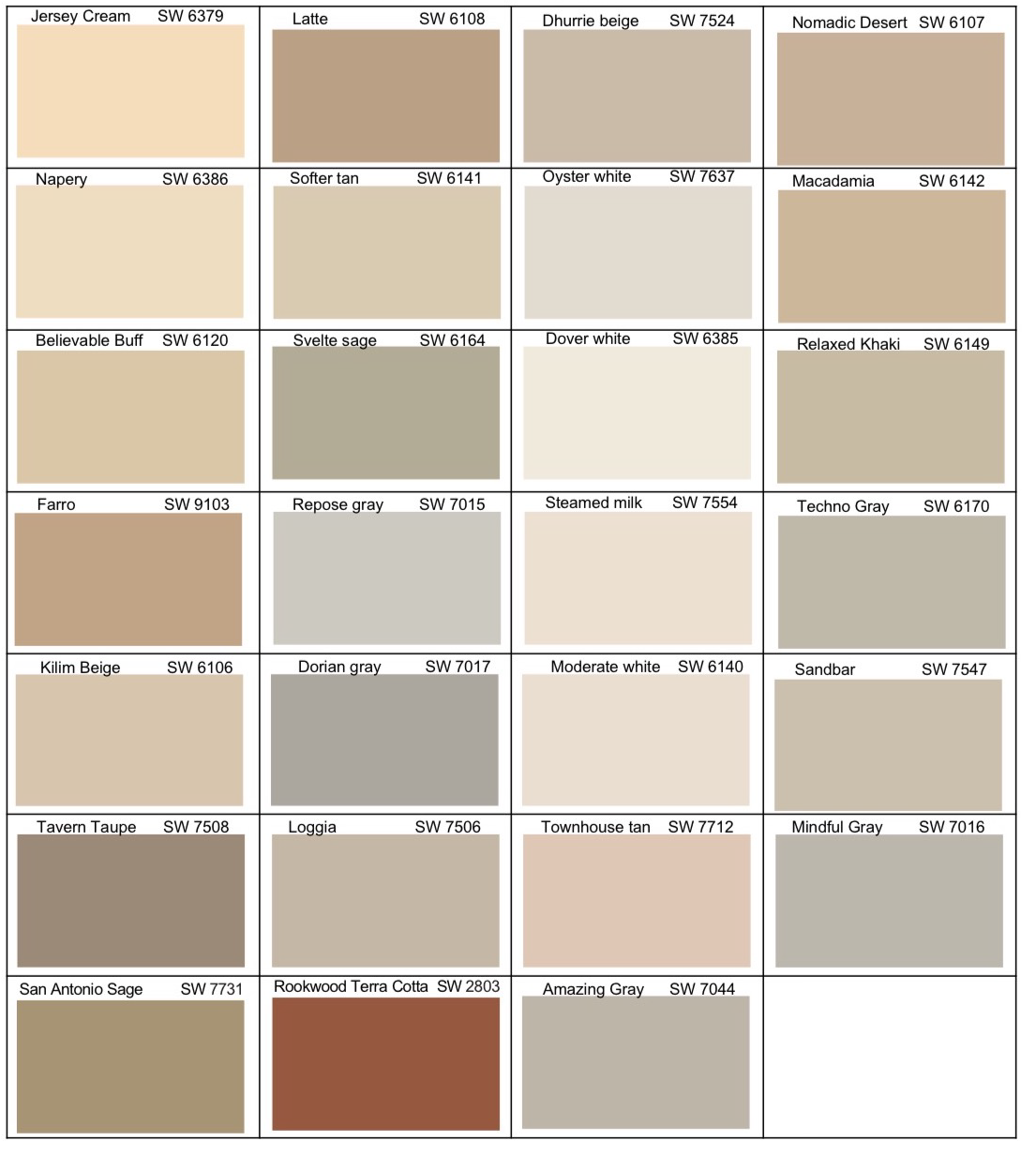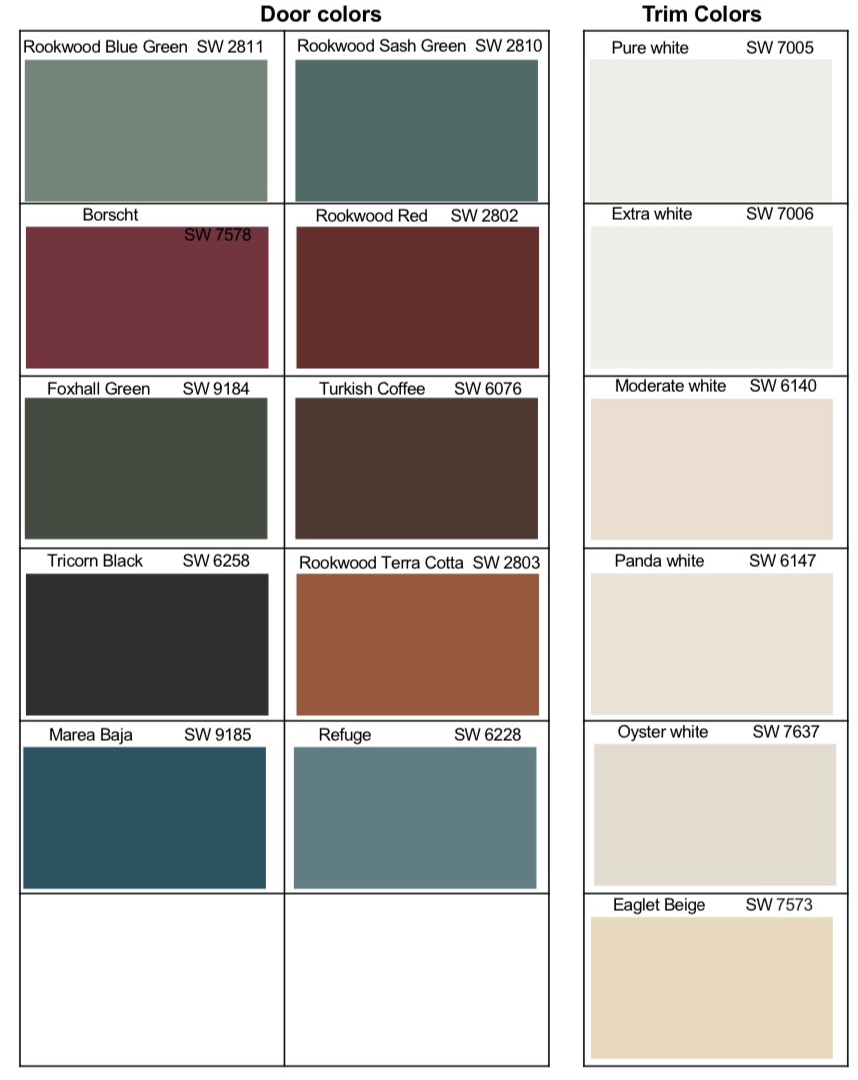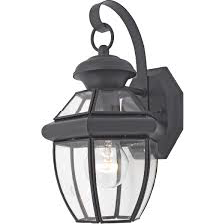VGHOA-ARC-Lake-Mandarin-ARC-Guidelines-Rev-A
We've converted the original scanned document into a readable document for your convenience. Please consult the original PDF above if you have any questions about the content because optical character recognition is not one hundred percent accurate. If you require help accessing the original PDF, don't hesitate to contact Master or Village Homeowners Association by phone or email, and we'll assist you promptly.
Click on a button to navigate to your topic.
Architectural Review Committee Guidelines & Restrictions
Citrus Springs Lake Mandarin (Village G)
Architectural Review Committee Guidelines & Restrictions
ARC Mission Statement
The objective of the ARC is to make Lake Mandarin an appealing place to live, promoting a sense of community while maintaining a pleasing and marketable curb appeal, which includes the consistency in architectural style, scale, materials, and details set forth at the time the homes were originally built. Our community’s appearance greatly affects property values. The ARC shall supervise and control the external design, appearance, location, and maintenance of all improvements and landscaping additions on the property. When making any decision, the ARC will consider such things as the location of the home, the effect on neighboring homes, and the overall impact on the aesthetics of the community and compliance of existing ARC Controls. Our goal is not to inhibit a home owners quality of life but to ensure exterior home improvements stay within the character of the neighborhood and does not annoy neighbors.
Owner Responsibilities
To ensure the ARC Mission can be achieved, all members of Lake Mandarin Home Owners Association must:
1. Submit a combined Master/Village ARC Request Form available from citrus- springs-vero.com when making an alteration to the exterior of your home.
2. Comply with the controls set forth in Article 9 of the Declaration of Covenants, Conditions available at citrus-springs- vero.com.
3. Comply with the controls set forth in this document.
ARC Request Form Information
There is one combined Master/Village ARC form. This form can be downloaded from the Citrus Springs Master website (citrus-springs-vero.com). Not all requests require Master ARC approval. However, a number of home improvements require both approval from the Lake Mandarin ARC and the Citrus Springs Master ARC. Use the link below to access a table that show which items require both approvals.
https://www.citrus-springs-vero.com/the-master-hoa/citrus-springs-forms-- documents/citrus-springs-architectural-review/
There is no need to submit an ARC Request to both the local Lake Mandarin ARC and a second ARC request to the Citrus Springs Master ARC. The Lake Mandarin ARC will forward your request as needed.
The Lake Mandarin ARC meets once a month on the last Wednesday of the month but will review the requests as they come in via email to vgarc@citrus-springs-vero.com or leaving a hard copy at the committee chairperson. The chairperson will have a ARC Request mailbox at their home to leave hard copies. The Lake Mandarin ARC will decide to approve of not within 7 days and in many cases much sooner. Please note that the Master ARC Rules may be stricter than those of Lake Mandarin. The Master ARC holds the approved request until the next monthly Master ARC meeting. The Request is reviewed at the meeting, and the decision is emailed back to the member the next day. All Master ARC meetings are open to HOA Members.
Architectural Review Committee (ARC) Guidelines
Home Maintenance
Architecture review requests are required for all changes to the exterior of the house. However, it is important to allow homeowners to maintain their property without the hindrance of waiting for approval for things that are obvious home maintenance. The following items fall into that category and do not require an architectural review request.
1. Maintenance of existing landscaping beds including the following; Refreshing mulch and stone with matching mulch or stone. Replacing existing shrubs with new shrubs that are common to the neighborhood and are not listed on the invasive species list https:// www.fleppc.org.
2. Touch up exterior painting using the same color that the house was previously painted. Repainting the entire house requires an Architectural Review Request.
3. Repainting the front door the same color.
4. Re-sealing of driveway pavers.
5. Power washing the house exterior
6. Replacing house coach light bulbs. The ARC committee guideline is to use warm white (2700K) lightbulbs.
7. Window cleaning.
Lake Mandarin ARC Restrictions
Air conditioners, generators, pool equipment
Such equipment that is located on the side of the house must have landscaping shrubs shielding the item from street view. The equipment must be positioned as close to the house as permitted by local code.
House Painting
Exterior house re-painting must be approved by the Lake Mandarin ARC and fall within the guidelines set initially by GHO home builder. A list of previously used colors is available from the ARC Committee and listed below. Any other color requests must be approved by the ARC Committee and will only be approved if the new color falls within the color pallet set by the previously approved colors.
The home owner is not required to purchase Sherman Williams paint. These color can be purchased by any paint manufacturer through a color match system.
Village G - Lake Mandarin Approved Paint Colors, House exterior Sherwin Williams Color Palette

The above colors use the Sherwin Williams Brand color palette. GHO originally used Color Wheel brand paints, with palette names and colors which do not match the Sherwin Williams palette names and codes.
The table below can be used to match Color Wheel palette names to those of Sherwin Williams equivalent.
Color Wheel
Apple Peel
Daplin
Frontier Tan
Hayseed
Hidden White
Nutmeg Oust
Sienna Sand
Tavern Taupe
Traditional Tan
Weaver Bird
Sherman Williams Equivalent
Dover White
Farro
Dhurrie Beige
Moderate White
Napery
Oyster White
Softer Tan
Loggia
Townhouse Tan
Steamed Milk
Village G - Lake Mandarin Approved Paint Colors, Sherwin Williams

Outdoor Coach and Post Lights
In order to stay within the character of the neighborhood, all outdoor coach lights must be traditional black lights fixtures with clear, unfrosted glass that are 18” - 21” in size.
The fixtures can be upward or downward style. All post light must be of traditional style to match the coach lights. All posts must maintain the inline position with neighboring homes parallel with the roadway and must be 60-80 inches in height.

Upward

Downward
Lawn Ornmentation
Portable lawn ornamentation is broadly defined as pots containing living plants, decorative flags, fountains, statues, ceramic figurines, or bird baths that can be moved by one person. Portable lawn ornamentation does not require a Architectural Review Request. All non-portable lawn ornamentation will require a architectural review request. Attractive and tasteful ornamentation is the goal of the ARC and approval will be based on size proportion, color, and any other features that may not be in alignment with the village’s esthetics. Any ornamentation found to be distasteful will be rejected.
Vegetable Gardens and Fruit Trees
Vegetable gardens and fruit trees present a concern to the community by providing food for animals such as rabbits, rats, squirrels and deer. This supports unnaturally large populations of these animals which can result in damage to the landscape and attract their predators (foxes, coyotes, feral cats), which can endanger residents and their pets. Therefore, the ARC committee prohibits in-ground planting of vegetable gardens and fruit trees. We understand that many residents would like certain vegetables and fruit trees so we recommend that these be planted in a container to control its growth and limit its production. A plant in a container does not require an ARC Request.
Satellite Dishes
Satellite Dishes
Satellite dish antennas must have a clear path to the satellite in the southwest sky to receive a reliable signal. Buildings, trees, and other objects, whether they are on your property or not, will block or disrupt the signal causing interruptions in service.
Our buildings have many different orientations to the southwest and numerous trees. This variety makes it difficult to formulate rules specifying where these antennas can be mounted. Each house will have one or more of its own unique location(s).
The Architectural Review Committee is tasked with approving all exterior modifications while maintaining aesthetics and substantial uniformity. Dish antennas that are visible from the street have a negative effect on appearance. Architectural Review Committee approval is not required before mounting a dish antenna in one of the five pre- approved locations and in an approved method. When selecting a location to mount a dish antenna on your home, follow the guidelines are provided
Preferred locations in order of preference are:
1. On a bracket attached to the side wall to the rear of the house.
2. On a bracket attached to the rear wall of the house.
3. On a pole in the ground in a side or rear landscaping bed.
4. On a pole in the ground at the rear of the house. The pole may not be mounted more than 10 feet from the rearmost wall of your house. This location is not possible if you have a concrete patio that runs the full width of your house.
5. On a pole mounted in the side landscaping bed even though it may be visible from the street. The base of the pole shall be shielded by landscaping on the side facing the street. The top of a pole-mounted antenna may not be higher than 5 feet above the ground. Wires from pole-mounted dish antennas must be buried in the ground.

FIGURE 1. Acceptable wall mounted dish antenna

Figure 2. Acceptable pole mounting in planting bed
DISH ANTENNAS AND WIRING THAT ARE NO LONGER ACTIVE MUST BE REMOVED REGARDLESS OF THEIR LOCATION.
Winds may cause an improperly mounted dish antenna to move. This could result in an unsatisfactory signal. For best results, wall brackets and braces should be firmly attached to the wall. If placed on a pole in the ground, it should be mounted in concrete below ground. Remember that these devices must withstand hurricanes.
Be aware that your installer may want to mount the antenna where it is easiest or cheapest for them. This probably will not be where it is best for you or our community. Use these guidelines to tell them where you want it mounted.
If none of the five preferred locations provide an acceptable signal for your situation, please contact an Architectural Review Committee member for help. Our goal is to help owners find a dish antenna location that will provide a satisfactory satellite signal while protecting the community’s appearance and values.
Revision log
Revision A - dated 2/19/22
